|
Good morning. It's Thursday 4th February 2021 and I've just been scanning the various Italian newspapers for the latest tittle-tattle. The main focus is still around the new incoming prime minister: Mario Draghi and how he's going to save the country from all its current woes, which is all very lovely.
The number of new Covid 19 cases yesterday rose by an increased amount compared to the day before: a figure of 13,189 new cases compared to 9,660 on Tuesday. The overall figure of people currently infected continues to fall however, down by 3,043 for a total figure of 434,722. The encouraging news is that we do seem to be on track for movement between regions from Monday 15th February, at which point, it will also be possible to go skiing, albeit with certain social-distancing restrictions in place. Away from the pandemic, I did find one little piece of news that's semi-related to tourism. It concerns the Pompeii archaeological site, just outside Naples in the region of Campania. An artefact belonging to the site was recently returned to its rightful place by a light-fingered visitor who'd taken it into personal custody some 50 years before. The two thousand year old piece of sculpture was left on the site with a hand-written note, apologising for the theft. Apparently this was by no means an isolated incident and happens quite regularly. Pompeii is a UNESCO World Heritage Site, and one of the most important archaeological sites in Italy. Its story is one of the most compelling: on 24th October 79 AD (this date has recently been disputed but we'll try not to worry about it too much), nearby Mount Vesuvius erupted, spewing enormous amounts of molten rock and pumice into the atmosphere. The prosperous city of Pompeii bore the brunt of the eruption, with its unsuspecting population taken by surprise and trapped as they tried in vain to flee. One of the most haunting images of a visit to Pompeii is the series of plaster-casts that essentially show Pompeiians in their final positions as disaster struck. The Pompeii site can be reached by train either from Naples or from Sorrento, both of which lie at opposite ends of the Circumvesuviana (translates roughly as "around Vesuvius) train line. Along this very same line you can find the two other sites that make up the full UNESCO listing: Herculaneum and Villa Oplontis. The Campania region is one of the best for archaeology: close to Naples you'll find further sites such as Stabiae, Baia and Cumae, while further south, close to the Cilento Coast in the Salerno Province you'll find another UNESCO site: the magnificent Greek temples of Paestum. I've added a section of Campania's Archaeological Sites for today's photos and I'll be back with another update tomorrow. Comments are closed.
|
AuthorMy name is Dion Protani, founder of Italy Review. The Italy Review blog is designed to provide ideas and inspiration to visit places in Italy you might not have heard about, as well those you have. Archives
December 2023
Categories |
- Home
-
Must See Italy
-
Cities of Italy
>
-
Towns and Villages of Italy
>
- Hill Towns of Italy >
- Historic Towns of Italy >
- Mountain Towns of Italy >
- Ski Resorts of Italy >
- Colourful Italian Towns >
- Italy's Most Beautiful Villages >
- I Borghi Piu Belli d'Italia >
- Orange Flag Towns of Italy >
- Vineyard Towns of Italy >
- Mural Towns of Italy >
- Spa Towns of Italy >
- Ghost Towns of Italy >
-
Italian Coastal and Lake Resorts
>
-
Italian Islands
>
-
Man-Made Landmarks of Italy
>
-
Natural Landmarks of Italy
>
-
Religious Buildings of Italy
>
-
Cultural Institutions of Italy
>
-
UNESCO World Heritage Sites in Italy
>
- Residences of the Royal House of Savoy >
- Arab-Norman Palermo and the Cathedral Churches of Cefalu and Monreale >
- Early Christian Monuments of Ravenna >
- Longobards in Italy Places of the Power 568 to 774 AD >
- Medici Villas and Gardens in Tuscany >
- Late Baroque Towns of the Val di Noto South Eastern Sicily >
- 18th Century Royal Palace at Caserta with the Park the Aqueduct of Vanvitelli and the San Leucio Complex >
- Venetian Works of Defence Between the 16th and 17th Centuries Stato da Terra Western Stato da Mar >
-
Parks of Italy
>
-
Cities of Italy
>
-
Italy
-
Travel
- Airports of Italy >
- Price List for Italian Airport Transfers >
-
Italy Ferry Routes and Schedules
>
-
Sicily Ferry Routes
>
- Aeolian Islands Ferry Schedules >
- Aegadian Islands Ferry Schedules >
- Pelagie Islands Ferry Schedules >
- Mazara del Vallo Ferry Schedules
- Messina Ferry Schedules
- Milazzo Ferry Schedules
- Palermo Ferry Schedules
- Pantelleria Ferry Schedules
- Pozzallo Ferry Schedules
- Termini Imerese Ferry Schedules
- Ustica Ferry Schedules
- Gulf of Naples Ferry Routes >
- Amalfi Coast Ferry Routes >
- Tyrrhenian Sea Ferry Routes >
- Pontine Islands Ferry Routes >
- Calabria Ferry Routes >
- Tuscan Archipelago Ferry Routes >
- Ligurian Sea Ferry Routes >
- Sardinia Ferry Routes >
- Italian Adriatic Ferry Routes >
- Tremiti Islands Ferry Schedules
- Italy to Albania Ferry Routes
- Italy to Greece Ferry Routes
- Italy to Corsica Ferry Routes
- Italy to Croatia Ferry Routes
- Italy to Spain Ferry Routes
-
Sicily Ferry Routes
>
- Italian Ferry Ports
- Driving in Italy >
- Trains in Italy >
- Buses in Italy
- Trams in Italy
- Taxis in Italy
- Italy Hotels
-
Culture
-
Italian Architectural Styles
>
- Ancient Roman Architecture
- Early Christian Architecture
- Italian Byzantine Architecture
- Italian Romanesque Architecture
- Italian Gothic Architecture
- Italian Renaissance Architecture
- Italian Baroque Architecture
- Italian Neoclassical Architecture
- Liberty Style Architecture
- Italian Fascist Architecture
- Modern Italian Architecture
- Articles >
- Italian History
- Italian Cuisine by Region
- Italian Opening Times
- Film and TV Locations in Italy
-
Italian Architectural Styles
>
SITE SEARCH
If you want to find a page quickly and you're not sure where to look you can use the Site Search box below and it'll point you in the right direction.
YOUR COMPLETE GUIDE TO ITALY
|
Italy Review is an independent guide to Italy, showcasing the very best that the country has to offer. Throughout the four thousand pages of the website you'll find comprehensive tourist information, opinion and original photos.
Alongside the major tourist destinations that you've already heard of, there are thousands of others that may come as a surprise with the intention of the website to provide inspiration for your future trips to the country. The photos and descriptions on the website are all my own work and are the fruit of my extensive travels around the country. I've visited every place that's listed on the website which means I'm able to give useful advice for first-time visitors. You can keep in touch with the latest developments in Italy via my Italy Review Blog for which you'll find links below to the Facebook and Twitter pages. If you'd just like to start your exploration of Italy with some ideas of places to go then I'd recommend starting at the highlighted must see Italy page. Or using the grid to your right you can click a photo to enter the main menus. |
|
THE ITALY REVIEW NETWORK SISTER SITES:
All photos and images on the site that are marked with the © copyright symbol or with the Italy Review series logos are the property of Italy Review and must not be used elsewhere without prior permission. All written content on the website is also the property of Italy Review and its use is strictly limited to this website alone.

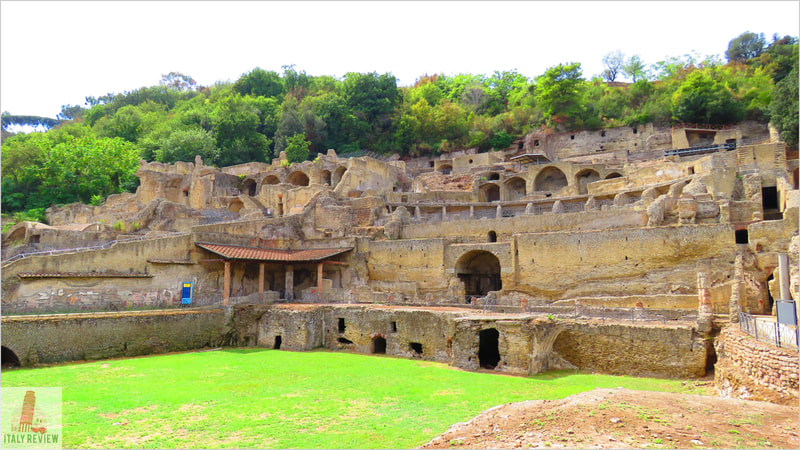
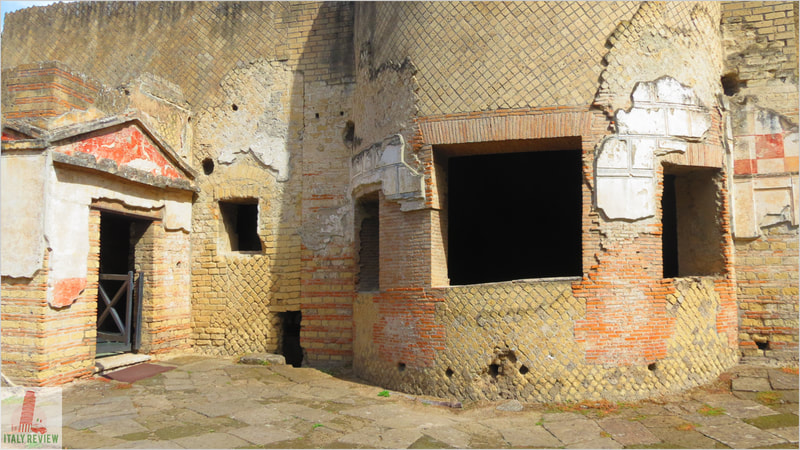
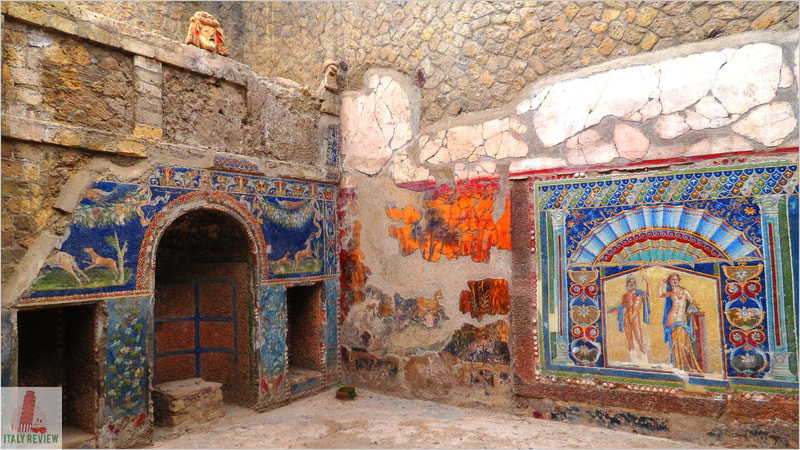
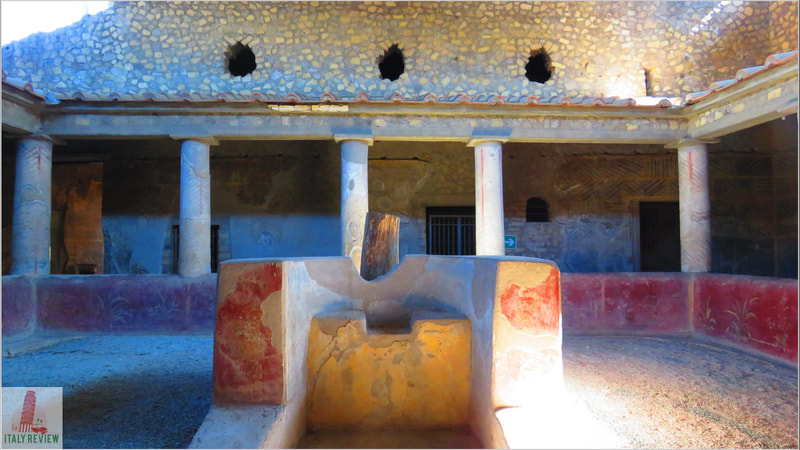
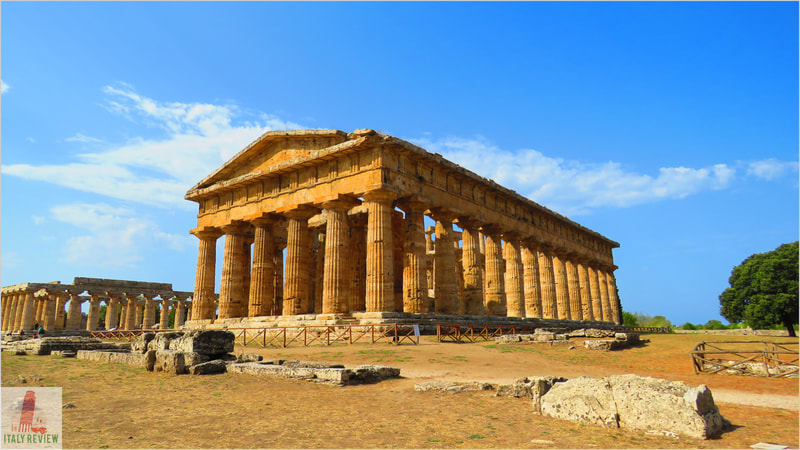
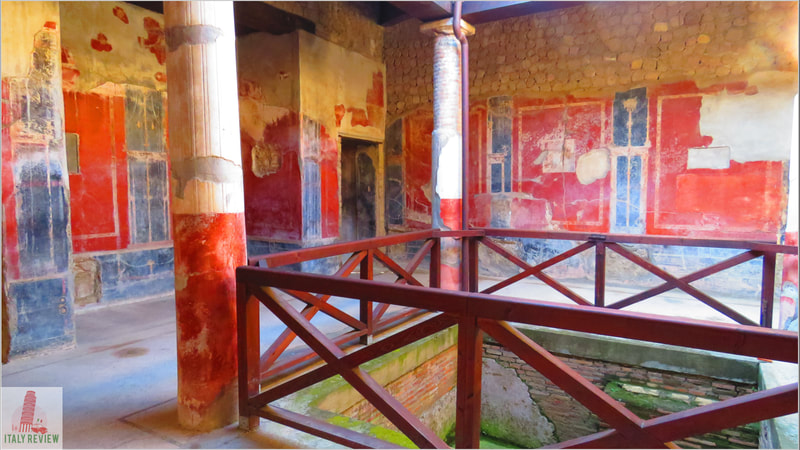

 RSS Feed
RSS Feed




















